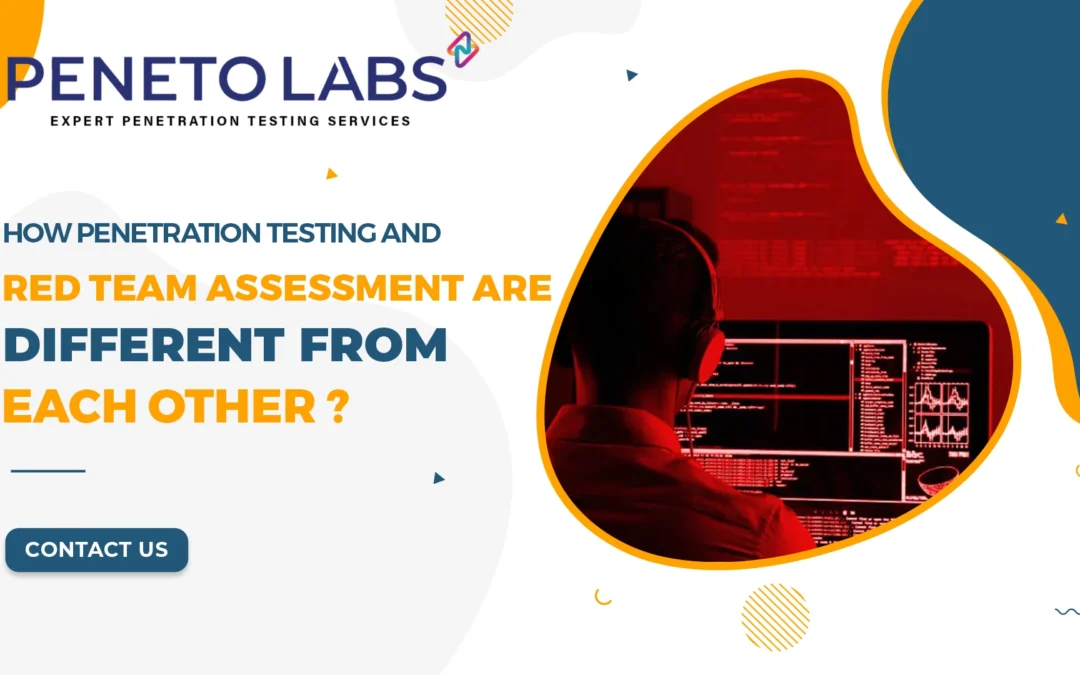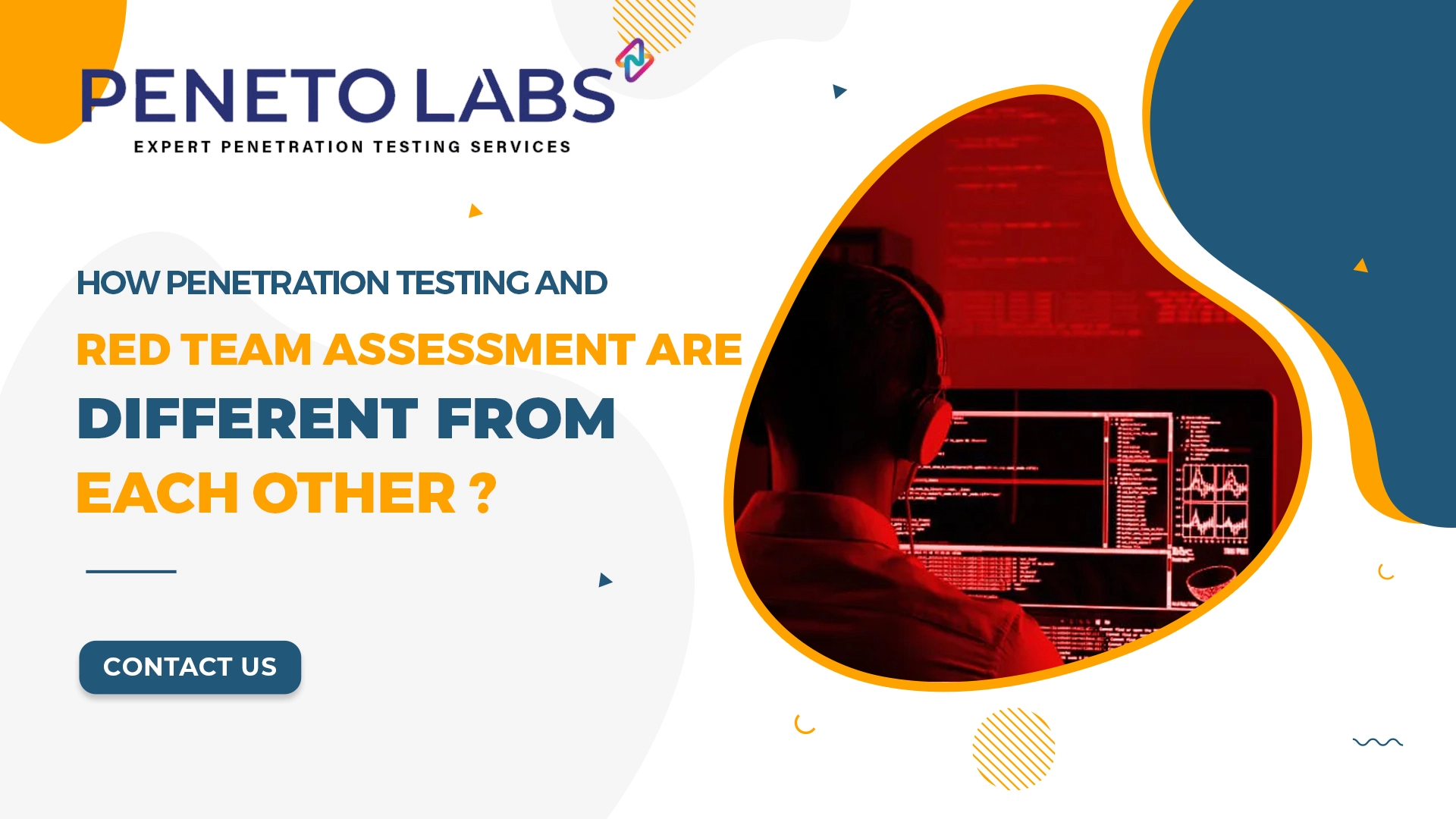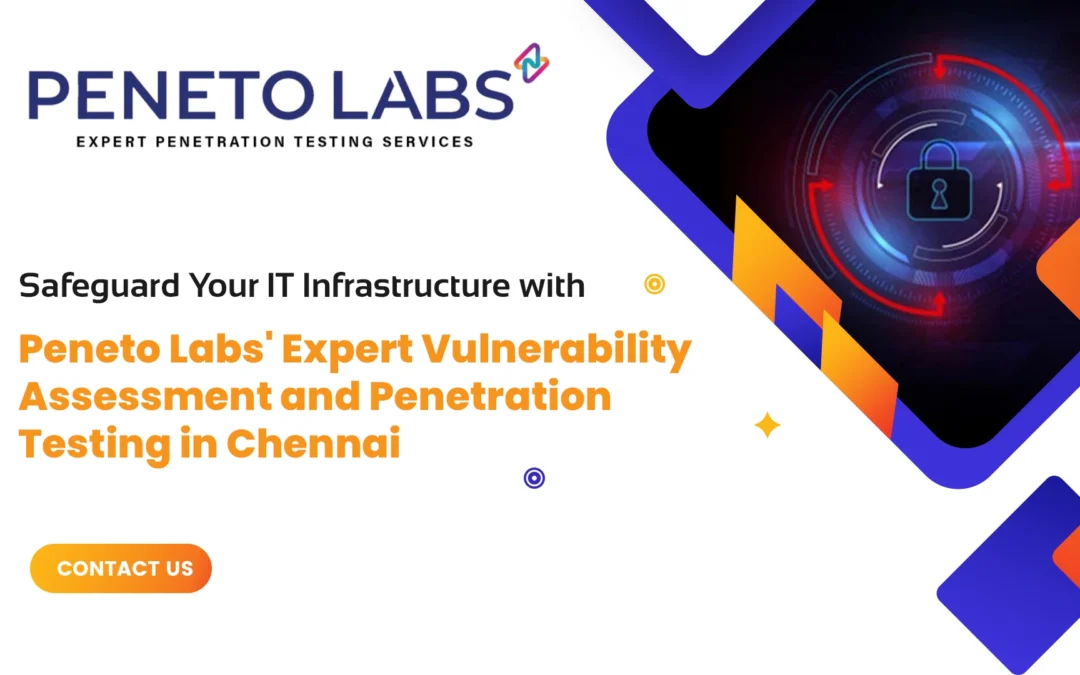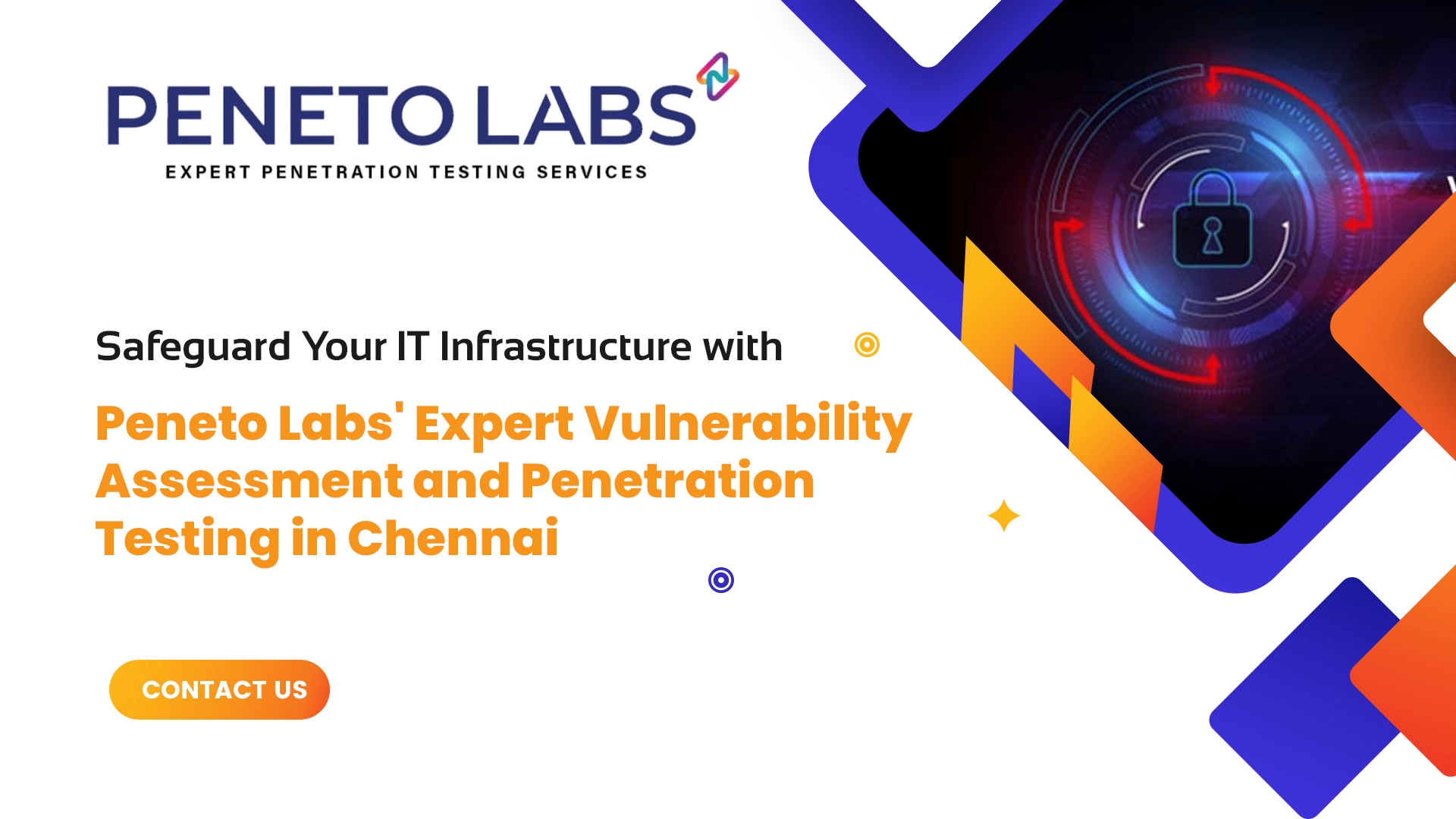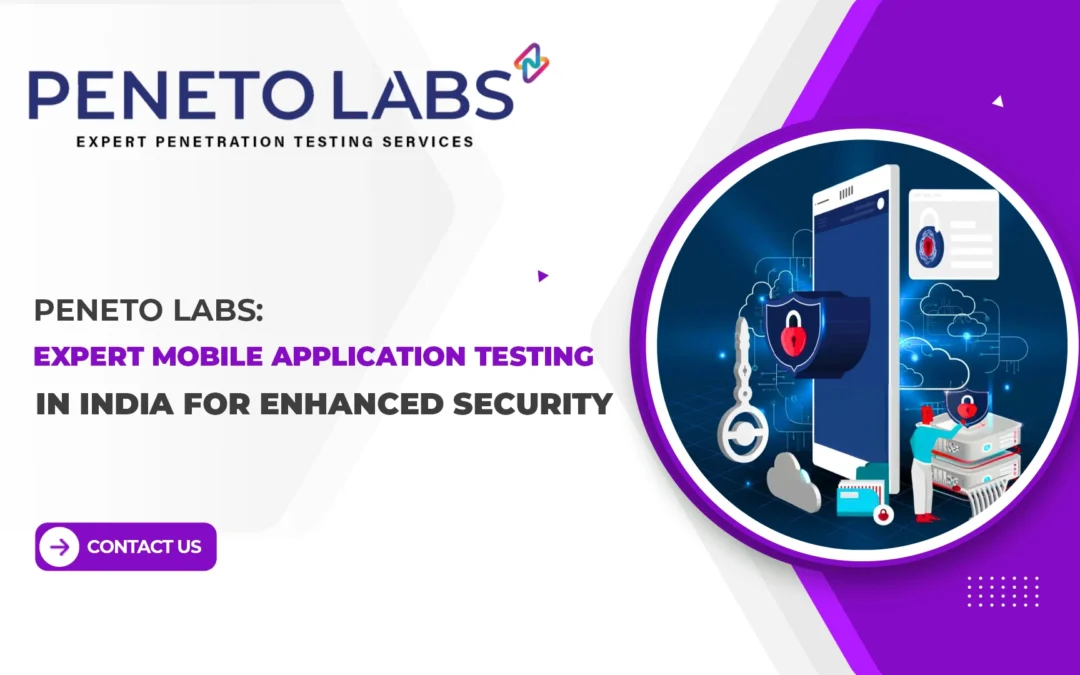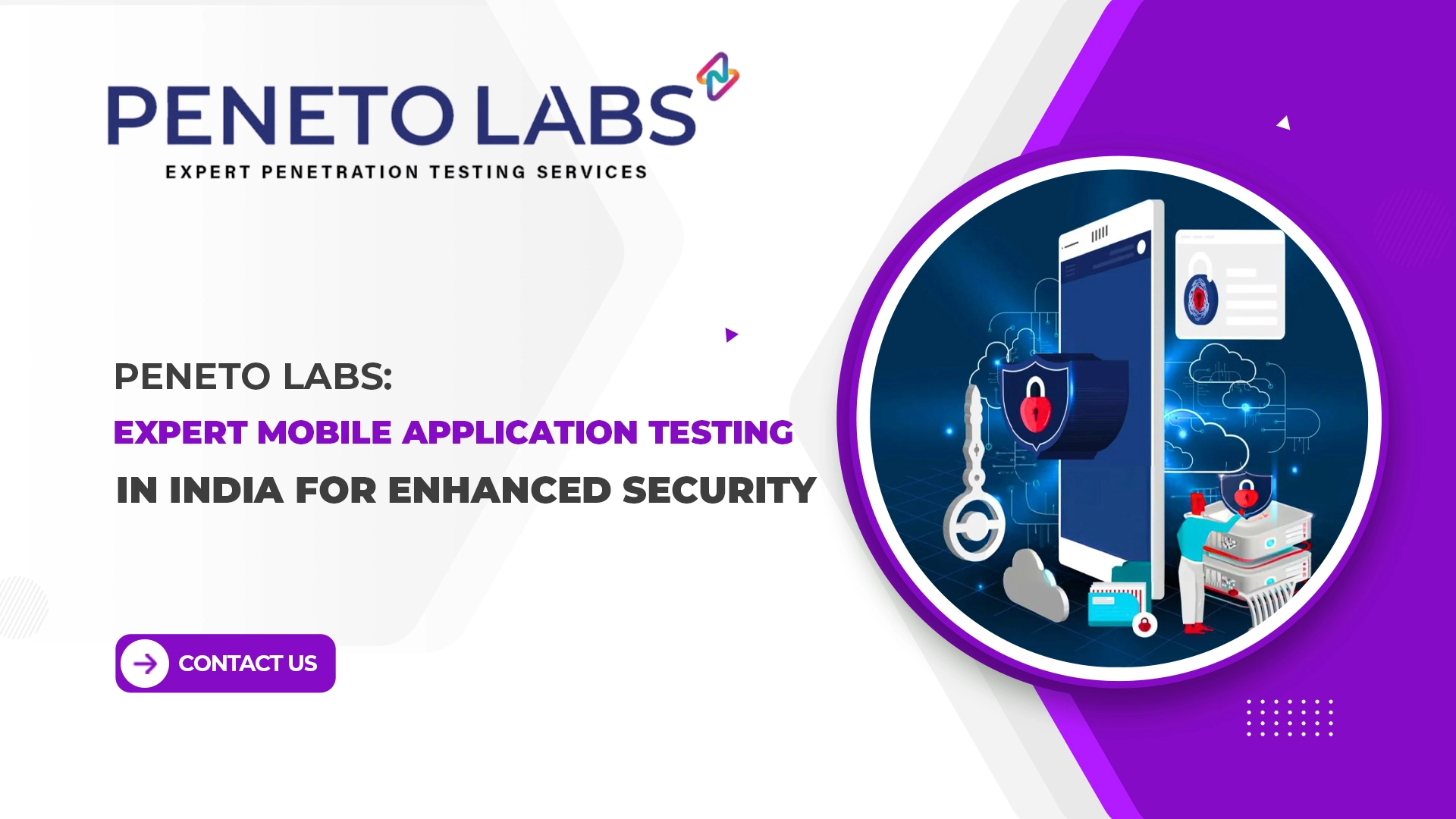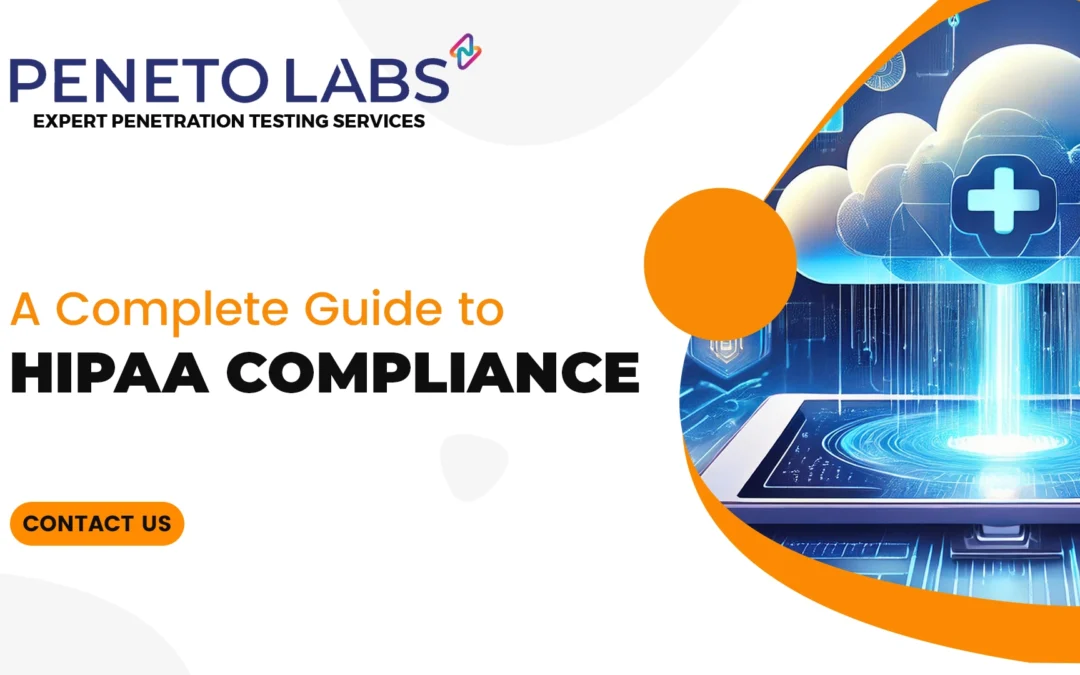
A Complete Guide to HIPAA Compliance
by Pradeep R | Jan 23, 2025 | Penetration Testing
A Complete Guide to HIPAA Compliance
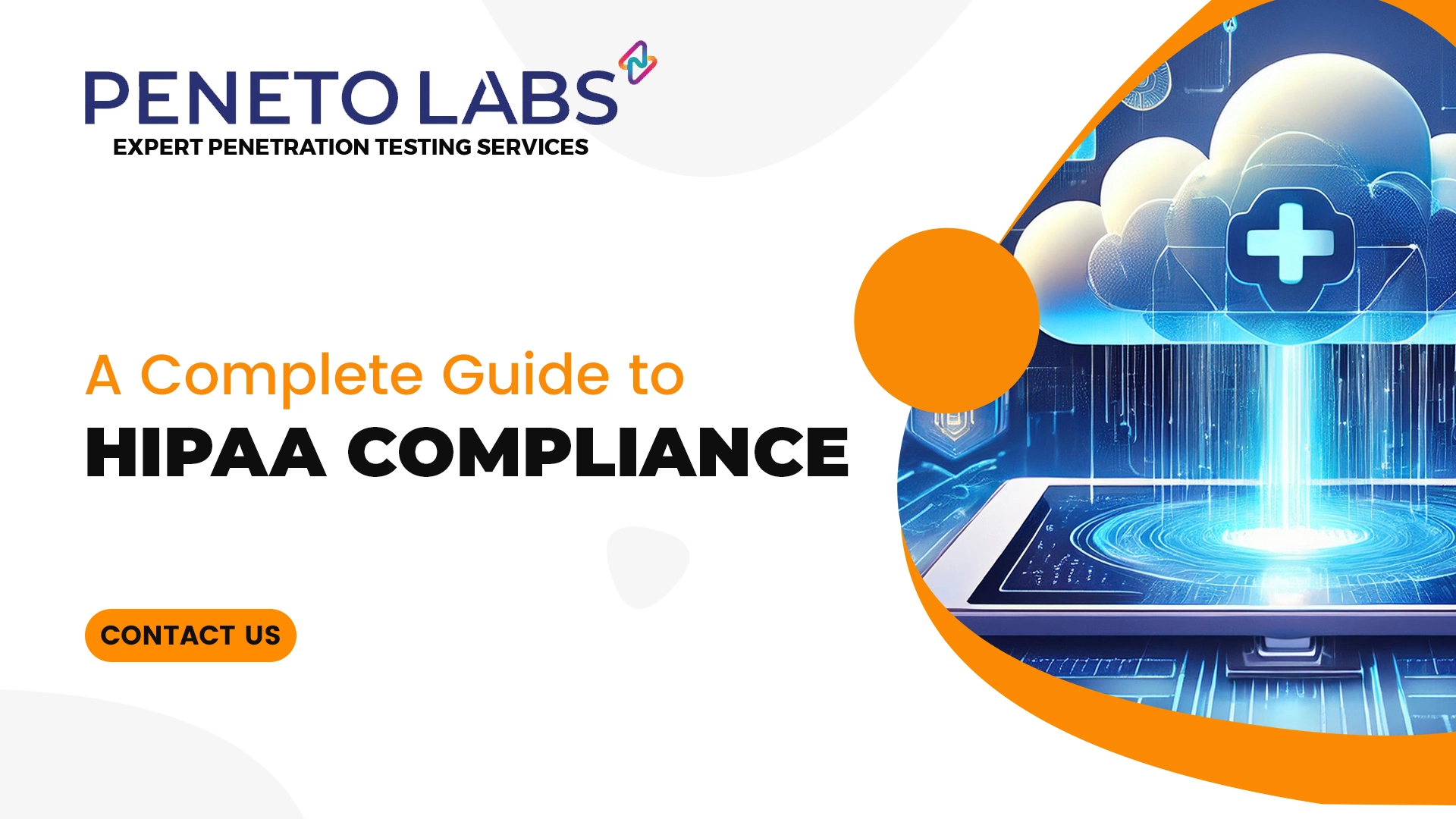
With healthcare data being one of the most targeted assets for cybercriminals, ensuring the confidentiality and security of Protected Health Information (PHI) has become more important in an age where cyber threats are becoming more sophisticated and advanced, protecting sensitive health information is no longer just a matter of compliance—it’s a critical necessity.
For organizations that handle health data, HIPAA compliance serves as the first line of defense against the growing number of digital threats but achieving and maintaining compliance can be a complex and ongoing challenge.
Thus, HIPAA compliance plays a vital role in protecting the privacy and integrity of patient data. Whether you’re a healthcare provider, a business associate, or an organization handling medical records, understanding HIPAA compliance is essential for safeguarding against potential threats and avoiding costly penalties.
In this guide, we’ll explore what HIPAA compliance is, why it’s important, and how you can ensure your organization meets the standards required to protect Protected Health Information (PHI). Additionally, we’ll highlight how cybersecurity experts can assist you in achieving and maintaining HIPAA compliance.
What is HIPAA Compliance?
HIPAA, or the Health Insurance Portability and Accountability Act, is a U.S. federal law that was enacted in 1996. Its primary purpose is to protect the privacy and security of health information. HIPAA sets national standards for the handling, storing, and sharing of Protected Health Information (PHI), which includes medical records, personal health data, and other information related to a patient’s health and healthcare services.
The law outlines specific requirements for organizations that handle health data, aiming to protect patients from unauthorized access to their sensitive information. In short, compliance with HIPAA ensures that individuals’ health data is handled with the utmost care, confidentiality, and security.
The Goals of HIPAA
The primary goals of HIPAA are:
- Protecting PHI: HIPAA seeks to safeguard sensitive health information from unauthorized access, use, or disclosure.
- Improving healthcare efficiency: By streamlining the process of sharing health data securely, HIPAA helps improve the overall efficiency of healthcare operations.
- Enhancing patient trust: When patients know that their information is protected, it fosters trust in healthcare providers and organizations.

Why Peneto Labs is the Best Choice for Mobile Application Penetration Testing?
- Peneto Labs is empanelled by CERT-In, our audit certifications come with the highest level of credibility.
- With certifications like OSCP, OSCE, GWAPT, GXPN, and CRT, Peneto Labs consultants bring world-class expertise to every assessment.
- Our assessments follow Proven Methodologies like OWASP, NIST, PTES, and MITRE, for high-quality results.
- Our assessments mimic Real-World Hacker Techniques, providing deeper insights into your organization's vulnerabilities
- Remediation-Focused Reports with clear, actionable insights that help you remediate issues.
- Trusted by brands like Aditiya Brila, Axis Finance, Federal Bank, GEOJIT, LYCA, etc.

The Two Main Rules of HIPAA
HIPAA consists of several rules, but two of the most important are the Privacy Rule and the Security Rule.
- Privacy Rule: This rule ensures the confidentiality of PHI. It establishes guidelines for how PHI should be used, stored, and shared, including restrictions on who can access the information. Under this rule, healthcare providers, insurers, and their business associates must have safeguards in place to protect PHI.
- Security Rule: While the Privacy Rule applies to all types of PHI, the Security Rule specifically applies to electronic PHI (ePHI). This rule outlines the administrative, physical, and technical safeguards organizations must implement to protect ePHI from cyber threats, breaches, or unauthorized access.
Why is HIPAA Compliance Important?
Compliance with HIPAA is not optional—it’s a legal requirement for any organization that handles health information. Failing to comply with HIPAA can result in significant fines, penalties, and even criminal charges. The consequences of non-compliance can range from monetary fines of up to $50,000 per violation to legal action that could seriously damage an organization’s reputation.
Protecting Patient Trust
One of the core principles of HIPAA is ensuring the confidentiality of patient information. If a healthcare organization fails to comply with HIPAA regulations, it risks losing patient trust. Once patient trust is lost, it can be incredibly difficult to rebuild.
In today’s world, where personal information is constantly at risk of being compromised, patients expect their healthcare providers to maintain the highest standards of privacy and security.
Cybersecurity Threats
The healthcare industry is one of the most targeted sectors for cyberattacks. With the increasing volume of sensitive data being handled digitally, healthcare organizations are prime targets for hackers looking to steal personal health information.
Data breaches can result in financial losses, reputational damage, and legal action. HIPAA compliance helps organizations implement proactive measures to defend against these growing cybersecurity threats and minimize the risk of a breach.
Key Requirements of HIPAA Compliance
HIPAA compliance involves implementing a variety of safeguards to protect health information. These safeguards are divided into three categories: administrative, physical, and technical. Let’s take a closer look at the key requirements.
These refer to the policies, procedures, and actions organizations must put in place to ensure the confidentiality of PHI. Some of the key components of administrative safeguards include:
- Risk assessments: Regularly evaluate potential vulnerabilities to PHI.
- Workforce training: Ensure employees understand HIPAA regulations and are trained to handle sensitive information properly.
- Access controls: Establish protocols for granting and managing access to sensitive data.
Physical Safeguards
These safeguards are designed to protect the physical environment where PHI is stored, processed, or transmitted. Some examples of physical safeguards include:
- Facility access controls: Restrict access to areas where sensitive data is stored.
- Workstation security: Ensure that workstations are secure and that unauthorized individuals cannot access sensitive health data.
- Device management: Secure mobile devices, computers, and other technology that access PHI.
Don’t Let Hackers Win—Secure Your App Now!
Get our exclusive Web Security Checklist, and take the first step toward a safer web application!

Technical Safeguards
Technical safeguards focus on the technology used to protect ePHI. This includes:
- Encryption: Encrypting data to make it unreadable to unauthorized users.
- Firewalls and intrusion detection systems: Monitoring networks for any signs of unauthorized access.
- Secure access controls: Requiring strong authentication measures (e.g., multi-factor authentication) for accessing sensitive data.
- Data integrity: Implementing systems to ensure the accuracy and reliability of PHI.
Common Challenges in Maintaining HIPAA Compliance
While HIPAA compliance is essential, it can be challenging for organizations to maintain. Some of the common obstacles include:
Cybersecurity is an ever-changing landscape, with new threats emerging regularly. Organizations must stay up to date with the latest security technologies and best practices to protect sensitive health information from evolving cyber threats.
Many healthcare organizations lack the in-house technical expertise needed to implement robust security measures and ensure ongoing compliance. This can lead to vulnerabilities and gaps in security that increase the risk of data breaches.
Healthcare organizations often operate multiple systems and rely on a large workforce. Ensuring that all systems comply with HIPAA regulations and that employees are properly trained can be a complex and time-consuming task.
Regular Audits 'and' Risk Assessments
Maintaining HIPAA compliance requires regular audits and risk assessments to identify and address potential vulnerabilities. Many organizations struggle to allocate the resources and time required to conduct thorough and effective audits.
The Million-Dollar Mistake: A HIPAA Compliance Cautionary Tale
In the fast-paced world of healthcare, patient privacy is paramount. Yet, even with stringent regulations in place, some organizations fall short, leading to devastating consequences. Here we delve into a sobering case study where a healthcare provider’s failure to maintain HIPAA compliance resulted in a multi-million-dollar penalty and far-reaching repercussions.
The Case: A Perfect Example of Non-Compliance
Our case study focuses on a mid-sized healthcare provider, let’s call them HealthFirst Medical Group. With multiple clinics across a major metropolitan area, HealthFirst prided itself on cutting-edge treatments and personalized care. However, behind the scenes, a different story was unfolding.
In 2019, HealthFirst experienced a data breach that exposed the protected health information (PHI) of over 500,000 patients. Names, addresses, Social Security numbers, and medical histories were compromised. The breach went undetected for months, compounding the severity of the situation.
The Immediate Fallout
When the breach was finally discovered, HealthFirst faced an immediate crisis:
- Patient Notification: The company had to inform all affected individuals, causing widespread panic and eroding trust.
- Media Scrutiny: Local and national news outlets picked up the story, damaging HealthFirst’s reputation.
- Regulatory Investigation: The Department of Health and Human Services (HHS) Office for Civil Rights (OCR) launched a thorough investigation.
The Immediate Fallout
- Failure to conduct regular risk assessments
- Inadequate access controls
- Lack of encryption for sensitive data
- Insufficient staff training on HIPAA compliance
These violations resulted in a staggering $4.3 million fine. But the financial impact didn’t stop there:
- Legal Fees: Defending against the Office for Civil Rights (OCR)’s charges and potential lawsuits cost an additional $1.2 million.
- Patient Compensation: HealthFirst had to offer credit monitoring services to affected patients, totaling $750,000.
- IT Overhaul: Implementing proper security measures and updating systems cost $2 million.
- Lost Business: Patient exodus and damaged reputation led to an estimated $3 million in lost revenue over the following year.
In total, the HIPAA compliance failure cost HealthFirst over $11 million – a devastating blow to their financial stability.
Long-Term Repercussions
The effects of the breach extended far beyond immediate financial losses:
- Trust Deficit: Rebuilding patient trust became an uphill battle, with many choosing to seek care elsewhere.
- Operational Challenges: Stringent oversight and reporting requirements strained resources and slowed down operations.
- Employee Morale: Staff faced increased scrutiny and stress, leading to higher turnover rates.
- Market Position: Competitors capitalized on HealthFirst’s misfortune, gaining market share and prestige.
Lessons Learned: A Roadmap to HIPAA Compliance
HealthFirst’s experience serves as a stark reminder of the importance of HIPAA compliance. Here are key takeaways for healthcare organizations:
- Regular Risk Assessments: Conduct thorough, documented risk analyses at least annually.
- Robust Security Measures: Implement strong access controls, encryption, and network monitoring.
- Comprehensive Training: Ensure all staff members receive ongoing HIPAA compliance education.
- Incident Response Plan: Develop and regularly test a breach response strategy.
- Third-Party Audits: Engage external experts to identify and address potential vulnerabilities.
The Path Forward: Embracing a Culture of Compliance
HIPAA compliance isn’t just about avoiding fines; it’s about protecting patients and maintaining the integrity of the healthcare system. By prioritizing privacy and security, healthcare providers can build trust, safeguard their reputation, and avoid the devastating consequences of non-compliance. Remember, in the world of patient data protection, prevention is worth millions in cure.
The Health Insurance Portability and Accountability Act (HIPAA) does not explicitly mandate penetration testing. However, it does require covered entities and business associates to implement robust safeguards to protect electronic protected health information (ePHI).
A critical part of this process is conducting regular risk assessments to identify and address vulnerabilities that may expose ePHI to unauthorized access or misuse.
How Penetration Testing Supports HIPAA Compliance?
Penetration testing helps healthcare organizations fulfill several HIPAA Security Rule requirements, including:
1. Risk Analysis (45 CFR § 164.308(a)(1)(ii)(A)): Organizations are required to conduct a thorough assessment of potential risks to electronic protected health information ePHI. Penetration testing helps achieve this by simulating real-world attacks on systems that store, process, or transmit ePHI.
These tests identify security gaps, misconfigurations, and vulnerabilities that could be exploited by hackers. By uncovering these weaknesses, healthcare organizations can prioritize remediation efforts to minimize the risk of data breaches.
2. Security Management Process (45 CFR § 164.308(a)(1)(i)): HIPAA mandates that organizations implement policies and procedures to prevent, detect, and correct security violations. Penetration testing is a proactive approach to identifying and addressing vulnerabilities before they are exploited. Regularly scheduled penetration tests ensure that security controls are effective and up to date, aligning with the Security Management Process requirements.
3. Evaluation (45 CFR § 164.308(a)(8)): The HIPAA Security Rule requires periodic technical evaluations to assess the effectiveness of security measures. Penetration testing provides an in-depth evaluation of an organization’s defenses, offering actionable insights into how well current security measures are working. It also demonstrates a commitment to continuous improvement in safeguarding ePHI.
Why Choose Penetolabs?
Penetolabs stands out as a trusted partner in cybersecurity and HIPAA compliance for several reasons:
- Expertise in cybersecurity and compliance: Our team has extensive experience helping healthcare organizations meet HIPAA requirements and protect sensitive data.
- Customized solutions: We tailor our services to meet the specific needs of your organization, ensuring a personalized approach to HIPAA compliance.
- Proven track record: We have a proven history of successfully helping healthcare organizations achieve and maintain HIPAA compliance.
- 24/7 support: Our team is available around the clock to assist with compliance-related issues and provide ongoing support.
Why Regular Penetration Testing Matters?
Cyber threats are constantly evolving, and healthcare organizations are prime targets due to the value of the sensitive data they handle. Performing regular penetration tests not only helps organizations address HIPAA requirements but also strengthens their overall security posture. By simulating attacks, penetration testing uncovers vulnerabilities that may otherwise go unnoticed, such as:
- Weak passwords or authentication mechanisms
- Inadequate access controls
- Misconfigured servers or applications
- Outdated software with known vulnerabilities
By addressing these weaknesses, organizations can significantly reduce their risk of data breaches and improve their ability to respond to potential incidents.
Conclusion
Cybersecurity breaches in the healthcare industry can be devastating. They not only result in significant financial losses but can also damage an organization’s reputation, disrupt operations, and lead to legal consequences. In some cases, these breaches can even jeopardize the careers of those responsible for safeguarding ePHI.
At Peneto Labs, we understand the critical importance of protecting sensitive data. As a trusted cybersecurity partner, we provide comprehensive services tailored to meet the unique needs of healthcare organizations.
Our penetration testing services are designed to deliver the highest quality insights, enabling organizations to prevent breaches, maintain compliance, and focus on their core mission without unnecessary stress.
Partner with us to ensure your ePHI remains secure, your organization stays compliant, and your peace of mind is never compromised.

